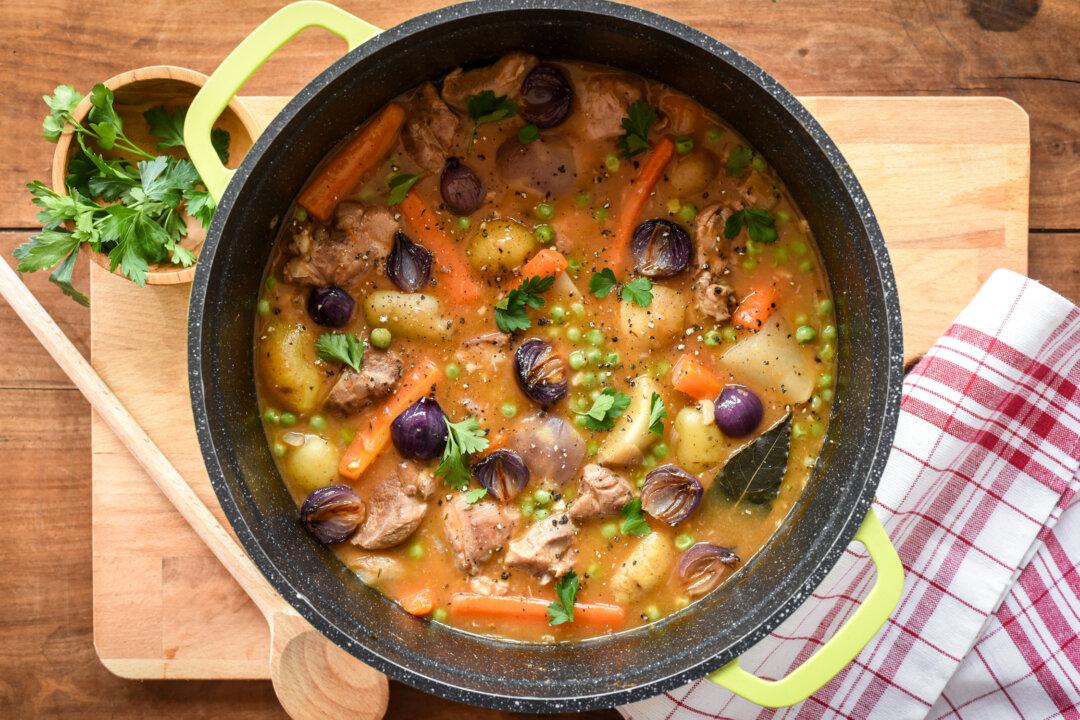There are few better ways to spark conversation before a meal than with a French apéro. L’apéro, short for “l’apéritif,” is a popular pre-dinner ritual in France that gathers friends and family around drinks and finger foods—think happy hour, but more food-focused. And of all the small bites the French like to enjoy, one wins us over perhaps above all others: tapenade.
This classic Provençal spread of black olives, capers, and anchovies is a culinary icon in the region, and the perfect companion for drinks. A big bowl is often brought to the table for guests to spread on toasted baguette slices or various types of crackers. Since it’s packed with salty, briny flavors, it makes a great companion to a crisp, refreshing lager or a glass of rosé or dry white wine.





